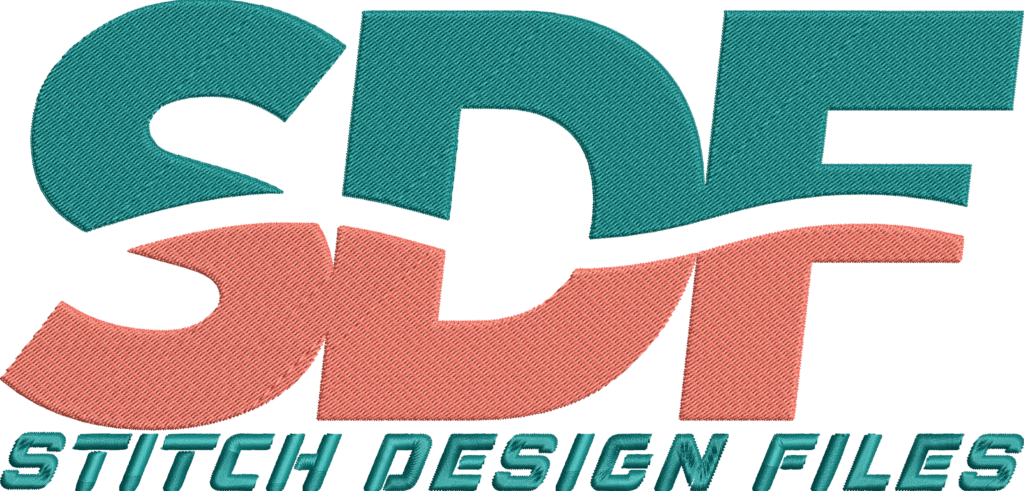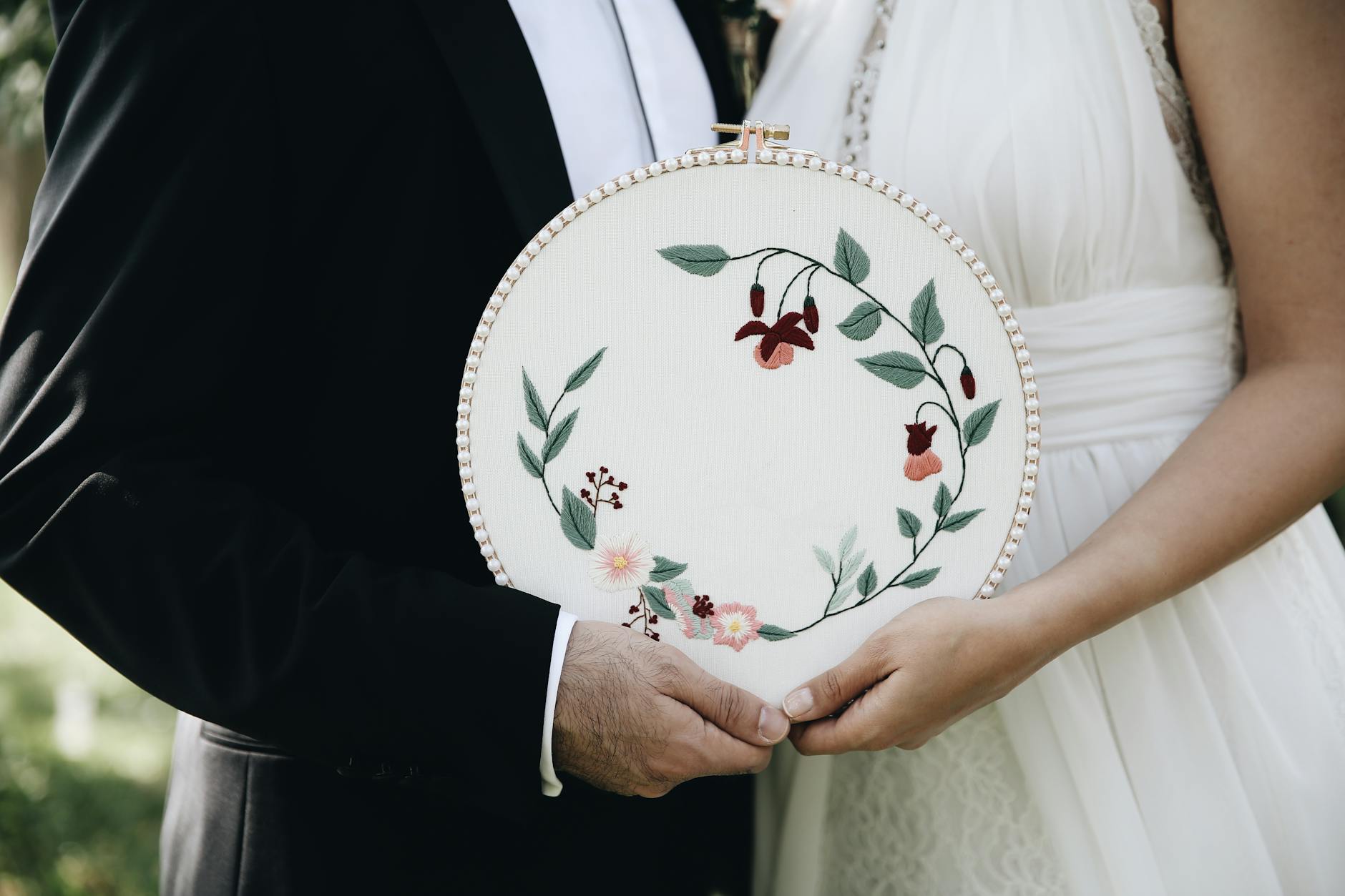No products in the cart.
Embroidery Tips & Guides
How to Use J&J Designs Embroidery Files with Your Machine
How to Use J&J Designs Embroidery Files with Your Machine
- J&J Designs embroidery files come in standard digital embroidery formats compatible with major machines like Brother and Cricut.
- Common machine embroidery file formats include PES, JEF, DST, HUS, and VP3, each supported by specific brands and models.
- Understanding file compatibility and transfer methods is essential for successful stitching using digital embroidery downloads.
- Proper preparation, such as hoop size and thread choice, enhances the outcome of machine embroidery projects.
- Small business crafters benefit from mastering digital file handling to expand design options and product customization.
J&J Designs embroidery files offer digital patterns for use with embroidery machines, enabling crafters and small business owners to create personalized stitched designs efficiently. Knowing how to use these files effectively ensures seamless integration with machines such as the Brother embroidery machine or Cricut models, maximizing creative possibilities from digital embroidery downloads.
This blog post explains the key concepts surrounding J&J Designs embroidery files, elaborates on file formats, transfer methods, and machine compatibility, and provides practical guidance suited to embroiderers seeking to utilize these designs successfully.
Introduction to Using J&J Designs Embroidery Files
Embroidery hobbyists and small business owners benefit from access to high-quality machine embroidery files like those offered by J&J Designs. These designs reduce manual digitizing efforts, enabling more time for creative stitching and product development. Understanding the correct usage, file formats, and machine compatibility ensures that users avoid technical difficulties and achieve optimal results.
This topic is relevant for anyone who uses embroidery machines—from beginners to experienced professionals—and who seeks to integrate digital embroidery downloads into their crafting or commercial workflow. Learning the technical aspects of handling embroidery files bridges the gap between design acquisition and finished embroidery projects.
Embroidery File Formats and Definitions
Machine embroidery files contain the instructions that an embroidery machine reads to create designs on fabric. These files differ in format due to varying manufacturer standards, machine capabilities, and software ecosystems. Familiarity with these formats aids in selecting and applying designs correctly.
Common Embroidery File Formats
- PES format: Originally designed for Brother’s PE-Design software, this format is widely supported by Brother embroidery machines and compatible devices. It stores stitch data, thread colors, and design elements.
- JEF format: Specific to Janome machines, JEF files carry stitching sequences and color information tailored for Janome hardware.
- DST format: A commercial industry standard, Tajima’s DST files are often used for production embroidery and supported by many brands, though they lack color information and rely solely on stitch positioning.
- HUS and VP3 formats: Used primarily for Husqvarna Viking machines, these formats encode design data tailored to the brand’s specifications.
J&J Designs embroidery files are typically offered in these standardized formats or similar, ensuring compatibility across a wide range of home and commercial embroidery machines.
Machine Compatibility
Each embroidery machine supports a limited set of file formats. For instance, a Brother embroidery machine commonly accepts PES format files directly, while Janome machines require JEF files. Some users convert files between formats using specialized software when necessary, but it is recommended to download the correct format from the source to avoid conversion errors.
Knowing the machine’s accepted formats streamlines workflow, especially when using digital embroidery downloads from vendors like J&J Designs. Always consult the machine’s manual or manufacturer’s website to verify format support.
Practical Use Cases for J&J Designs Embroidery Files
J&J Designs embroidery files find wide applications in crafting, apparel decoration, personalized gift-making, and small business production lines. Their instant availability through digital download means users receive immediate access without waiting for physical shipment.
Downloading and Importing Files
The standard workflow includes:
- Purchase or download: Secure the desired J&J Designs embroidery file from a reputable source, ensuring it matches the machine’s compatible format.
- Unzip files: Many embroidery files are compressed to reduce download size; extract the contents to access usable files.
- Transfer to machine: Use a USB drive, memory card, or direct computer connection to load the file onto the embroidery machine.
- Load and stitch: Select the design on the embroidery machine interface, frame fabric in the correct hoop, and start the stitching process.
Best Practices for Successful Embroidery
- Check hoop size: Confirm the physical hoop accommodates the design dimensions to prevent truncation.
- Select thread and fabric: Match thread type and color with the design palette for optimal visual and structural integrity.
- Stabilize fabric: Use appropriate stabilizers to support stitching complexity and fabric weight.
- Adjust machine settings: Modify stitch density, speed, and tension as needed, depending on fabric and design intricacy.
Benefits and Limitations for Small Business Crafters
For small business crafters, J&J Designs embroidery files provide a diverse design library without the cost and time required for digitizing original artwork. This can accelerate product development, allowing rapid response to market trends with new embroidered items.
Additionally, using standard formats like PES format ensures compatibility with popular machines, such as the Brother embroidery machine, streamlining production without extensive technical barriers.
However, limitations include the need to ensure legal licensing, as some designs may restrict commercial usage. Additionally, users may face challenges if their machine does not support a file type offered. Conversion software can remedy this but may introduce errors or require technical know-how.
Summary and Call to Action
J&J Designs embroidery files utilize common machine embroidery file formats compatible with most home and commercial embroidery machines, including Brother embroidery machines. Understanding how to download, transfer, and apply these files is crucial for hobbyists and small business owners aiming to produce high-quality embroidered goods efficiently. Best practices such as verifying hoop size, choosing appropriate threads and fabrics, and confirming machine settings contribute to successful stitching outcomes.
Embroidery enthusiasts seeking to expand their design options may also explore other collections, such as the Nike Logo Embroidery Designs, which offer a variety of professional-grade files compatible with multiple machines.
For more detailed tutorials, file format guides, and a vast library of instant digital embroidery downloads, visiting Stitch Design Files provides a comprehensive resource tailored to machine embroidery crafters at all levels.

